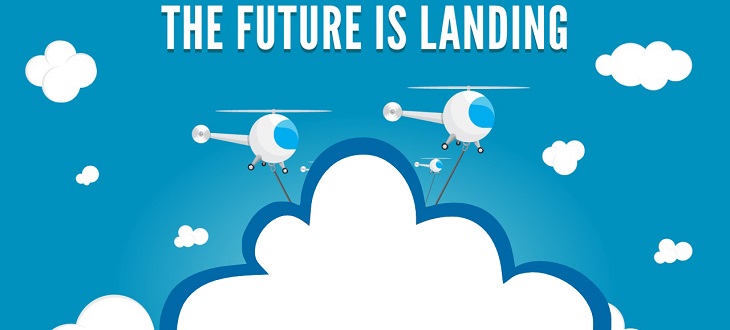
Cloud: Connecting our Future Cities
A city is a web of interconnected systems, similar to the human body. Its overall health is only as good as the individual components. Any city’s ecosystem is knit together by infrastructure, public services, educational and health institutions, technological capacity, natural resources and government bodies. Today, mostly all cities are facing tremendous challenges in catering to the dynamic needs of their citizens and residents, while remaining cautious about emerging environmental issues, economics and resource usage.
The UAE’s population is growing consistently, and is expected to reach 7.9 million by 2020, by which time Dubai is projected to welcome 25 million visitors. These developments are certain to put enormous pressure on the infrastructure, tourism and hospitality industries to make services and solutions more efficient. As the UAE prepares to advance its infrastructure to cater to these growing demands, the ICT industry will need to pave the way towards a smarter economy, workforce and environment.
We already know how cloud computing makes companies smarter, but can it also work its magic in making cities smarter? Let’s explore three examples that illustrate how urban spaces can become more efficient by embracing the cloud.
1. Energy
Due to expanding population growth and urban density, cities will experience an unparalleled demand for energy and water. The UAE consumed about 1.8bMWh of energy in 2013 alone.
Municipal bodies can better monitor the utilization of energy sources through smart grids, which electronically control data flow and manage information within any central power grid. This system enables asset utilization and operating efficiency while anticipating potential system needs and disruptions. Governments can implement a private cloud across their power grids, which offer real-time visibility and minimal downtime on generated data, as well as analytics and forecasts for the energy industry and its verticals.
Data gathered from such a system helps citizens and organizations to use resources sustainably. In the long run, such data can help reduce greenhouse gas emissions and the national carbon footprint. Building Management Systems (BMS) and home energy meters are also powered by cloud platforms today.
2. Infrastructure Networks
According to HVS, a hospitality consultancy, the UAE is projected to spend US$300 billion on infrastructure development by 2030.
Cloud technology can thus strengthen the physical infrastructure of cities via IaaS (infrastructure as a service), PaaS (platform as a service) and SaaS (software as a service) for efficiency, quality of service on demand and green infrastructure.
Cloud computing can help track mismanaged or broken traffic lights, road blocks or public transport inefficiencies. Cloud analytics systems provide data on street conditions, repairs, traffic patterns and potential solutions in real-time, enabling quick, coordinated responses based on environmental factors. This solution will reduce citizens’ travel time, road congestion, and CO2 emissions – paving the way for not only a smarter, but a greener city.
3. Government-Citizen Communication
Government bodies can leverage cloud platforms across various agencies, keeping them interconnected and facilitating communication. Cloud can also help government officials create awareness on various issues through regular dialogue – encouraging education and e-learning methodologies among the youth.

Leave a Comment
Thank You
Your comment will be published after approval.